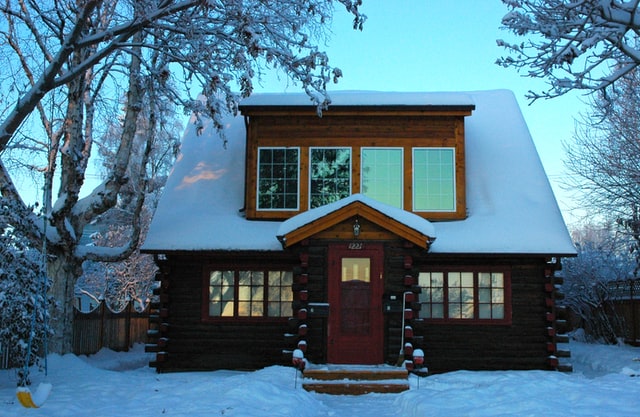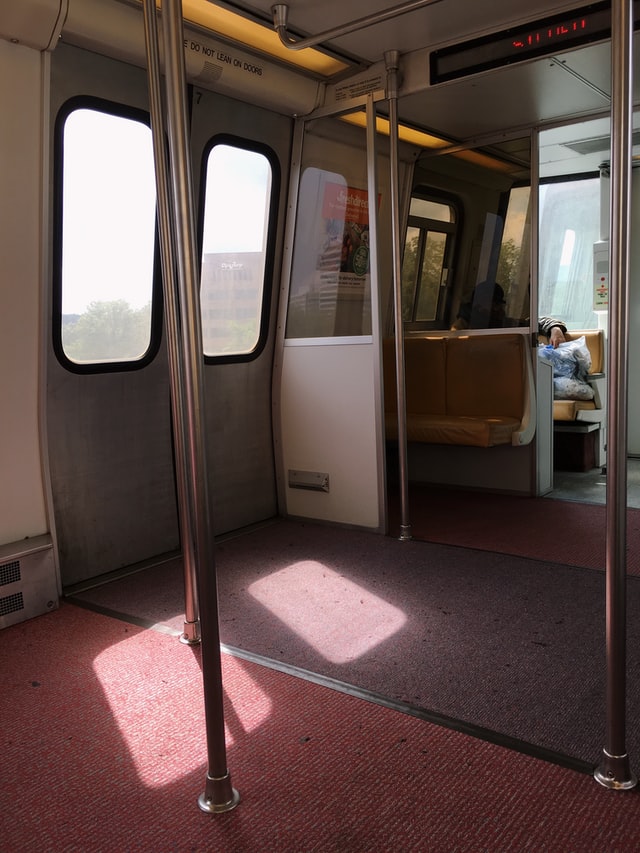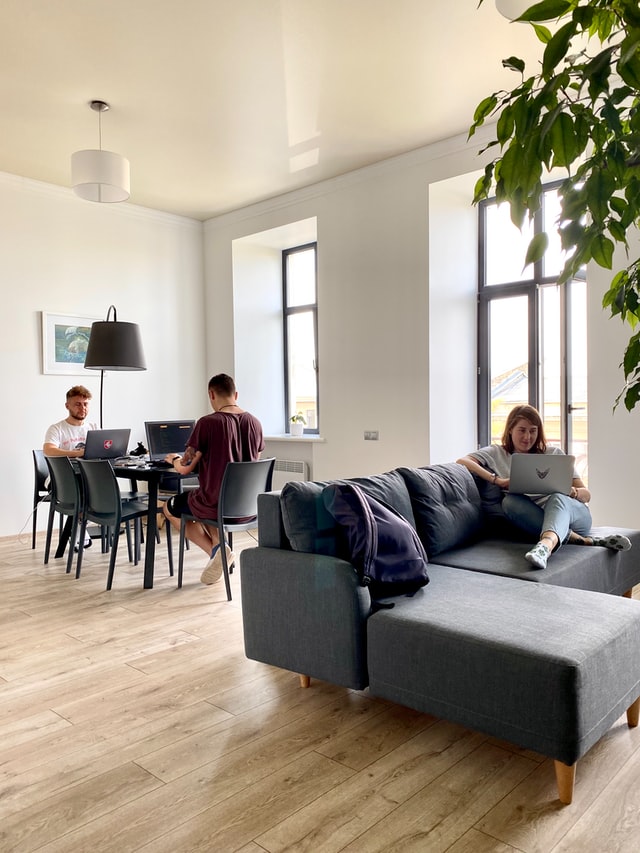The rising cost of lumber has been mentioned a few times, mostly in the context of slowed construction rates. But lumber costs aren’t the only issue, and it’s affecting more than just construction. The pandemic and subsequent recession were the primary driving force for supply chain difficulties across the board, and climate change is also a big player.
Though lumber prices are still relatively high, they are actually much lower than the peak in Q1 of 2021, and the number of construction workers, while still below pre-pandemic levels, isn’t far off. Where there are still issues are in other sectors. Paint and furniture are more expensive than ever. Part of the increased cost of furniture is the still-high lumber prices, but it’s mainly the result of extreme weather — Texas was the main contributor to raw materials to produce paints and furniture stuffing before cold snaps and hurricanes halted much of the production. Paint and furniture are also both in high demand as a result of people spending more time at home and therefore wanting to remodel. The same trend has resulted in an ever-growing backlog of home appliance deliveries.
Photo by Ian Taylor on Unsplash



















